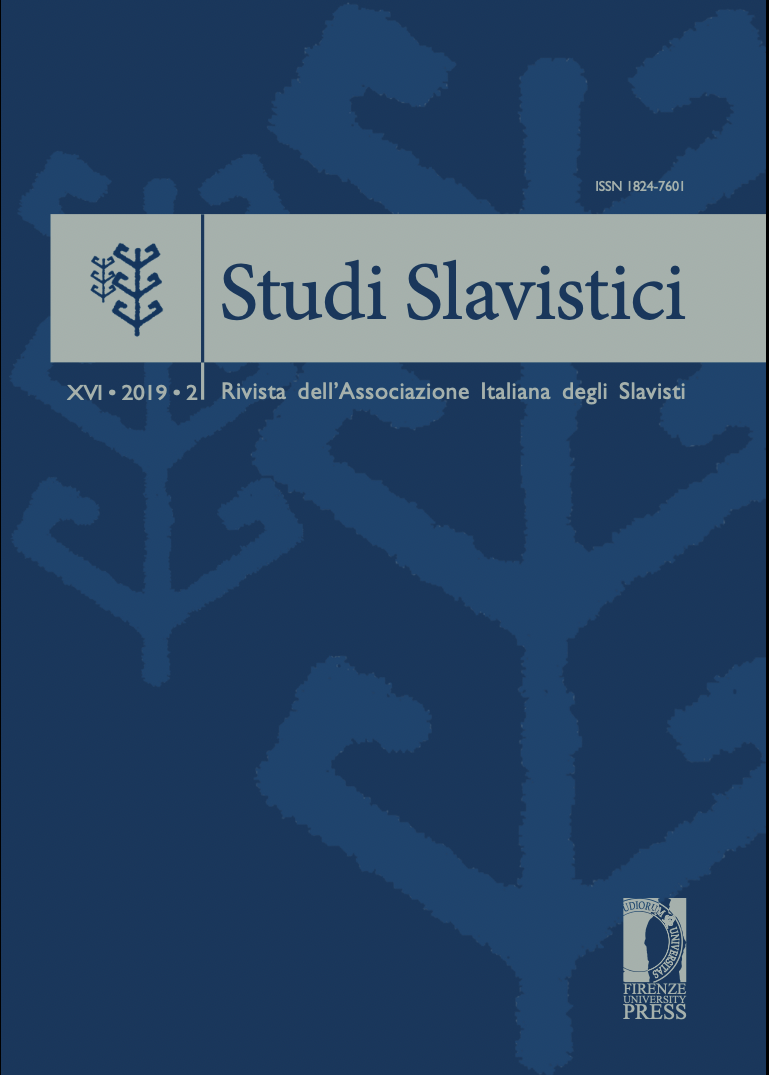Published 2017-11-03
Keywords
- Alphabet Reform,
- Writing Reform Proposals,
- Slavic Languages
Abstract
The Russian spelling reform of 1917-1918 was very successful – so successful that many young Russians, when confronted with a pre-1917 Russian text, do not know how to read 〈ѣ〉, 〈ѳ〉 or 〈ея〉. However, many reforms of writing systems have not met with success. Among them are the 1930 attempt to convert Russian to the Latin alphabet; the Second Chinese Character Simplification Scheme of 1977, which the PRC government had to withdraw in 1986; the French spelling reform of 1990, which is still ignored by most of the public; and the Latinisation of Uzbek of 1993-1995, which, even twenty years later and after the end of the twice extended ‘transitional period’ of altogether fifteen years, has not been implemented by newspapers and magazines.
This paper examines a range of writing reforms (script reforms, spelling reforms, and glyphic reforms) – mainly from the Slavic and post-Soviet area – to determine which factors influence the success or failure of a reform and to what extent. Among the factors considered are the orthographic principles touched by the reform; the motivation for it; the scientific arguments put forward in the discussion; the semiotic values associated with the reformed writing system; the timing; the political system of the country; and the literacy rate of the speech community.
The results of this analysis might be a bit disillusioning for us as linguists because linguistic factors turn out to play a very minor role compared to extralinguistic factors. In fact, the most decisive factor seems to be timing.
Keywords


